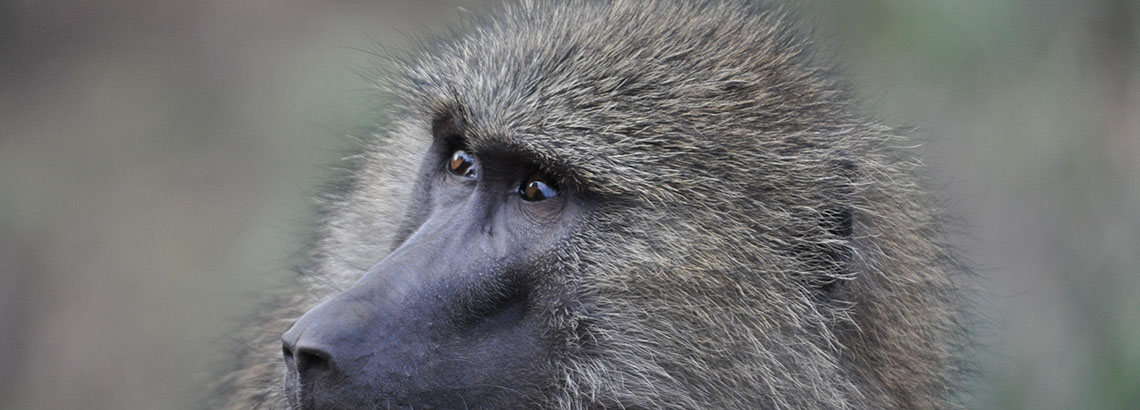
The value of social bonds
The primary goal of the proposed project is to quantify variation in the social structure of a group of closely related primate species, the papionins, and to identify environmental and demographic factors that generate this variation. The papionins are part of an adaptive radiation that originated about the time that the hominin lineage diverged from the lineage of chimpanzees. The genomes of this group of species reflect the effects of environmental changes during the Plio-Pleistocene that shaped the availability of suitable habitat, and affected the distribution of species. Understanding how and why environmental factors shape the structure of social relationships across taxa may provide insights into the kinds of forces that shaped the lives of our hominin ancestors.
Project Details
NSF postdoctoral fellow, Jacob Feder, and I will use social network analysis to analyze the structure of social relationships in papionine species. We are constructing a database that contains information about grooming behavior, the most common and important form of friendly behavior in nonhuman primates. We have solicited contributions from researchers studying wild populations of all of the the extant papionin taxa, and have already secured agreements to provide data for seven species.
Partners: Uaso Ngiro Baboon Project
Research Team
- Joan Silk, ASU
- Shirley Strum, UCSD
- Eila Roberts, ASU/Michigan State
Funding
This research project is currently open to funding opportunities. For more information, please reach out to the project contact listed above.
Outcomes
Städele, V., Roberts, E.R., Barret, B.J., Strum, S.C., Vigilant, L., Silk, J.B. 2019. Male-female relationships in olive baboons (Papio anubis): Parenting or mating effort? Journal of Human Evolution 127: 81-92.
Silk, J.B., Roberts, E.R., Städele, V., Strum, S.C. 2018. To grunt or not to grunt: factors governing call production in female olive baboons, Papio anubis. PLoS ONE 13(11): e0204601.
Silk, J.B., Roberts, E.R., Barrett, B.J., Patterson, S.K., Strum, S.C. 2017. Female–male relationships influence the form of female–female relationships in olive baboons, Papio anubis. Animal Behaviour 131, 89-98.